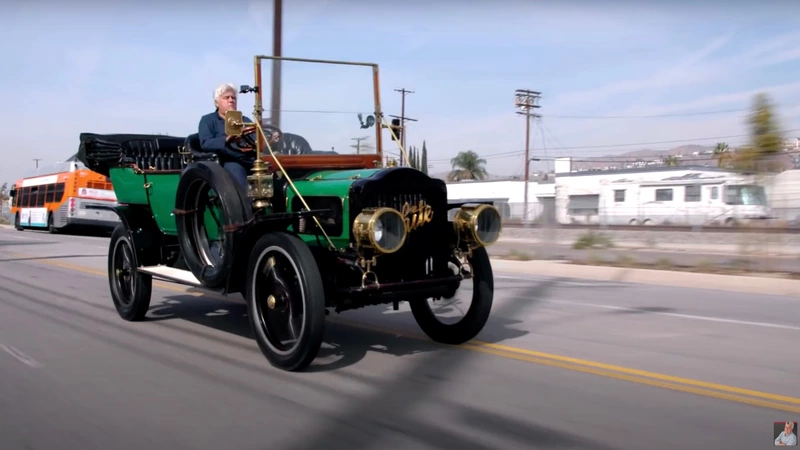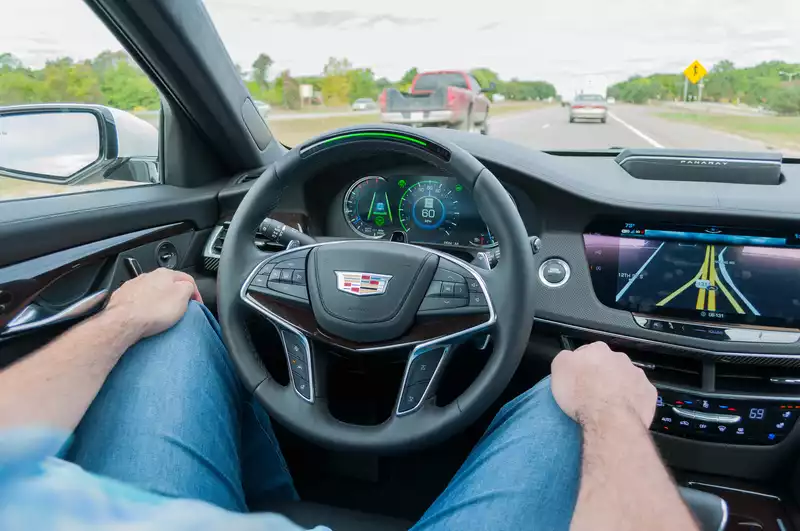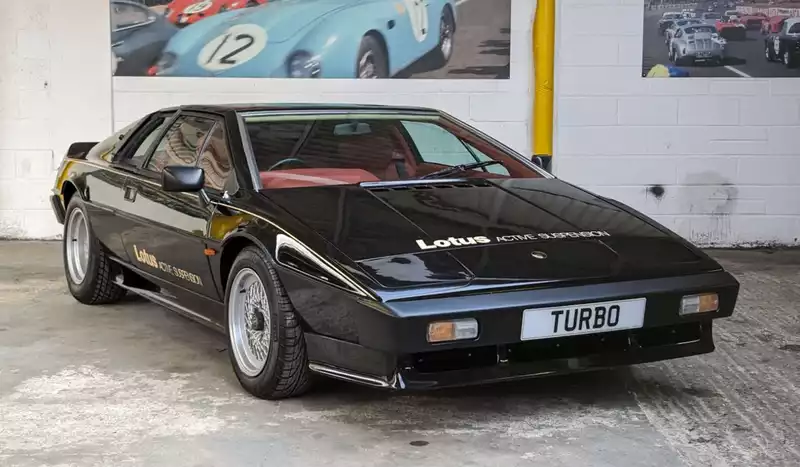Jay Leno explains how to start a 1909 white steam engine.

While gasoline and diesel vehicles use the combustion of air and fuel to drive pistons (and sometimes rotors), steam engines use pressurized steam generated by heating water inside the vehicle. Like gasoline engines, they use piston movement to turn the wheels.
The White used in this demonstration was powered by the most powerful engine the company has ever built, with an output of a whopping 40 horsepower. This is similar to the first official White House car, and the fact that the White was used as presidential transportation shows how significant steam power was in the early 20th century.
Eventually the internal combustion engine became the dominant form of propulsion, but in the early days of the automobile this was not a sure thing. Steam was a mature technology, thanks to decades of improvements in railroad locomotives and industrial applications. Internal combustion engines were still unfamiliar, and a nationwide network of gas stations had not yet been established, so they did not yet have the advantage of convenience.
One of the disadvantages of steam was that it was slow to start, as demonstrated here. First, the fuel must be manually pressurized and the water tank must be filled. Like a water heater or stove, White uses a pilot light as the ignition source for the main burner. For its ignition, one must wriggle under the car and hit a blowtorch through a small hole
.
It then takes about 10 minutes to start generating steam, which is quite fast by steam car standards. The White is equipped with a steam generator instead of a conventional boiler, with coils that can heat small amounts of water at a time. This is faster than heating all the water at once like a car with a boiler, Jay says. It also allows the steam generated to be used as it is, instead of building up steam and then using it.
Steam engines have more torque and actually work better at higher temperatures, Jay says. Unlike internal combustion engines, the goal is to retain as much heat as possible to make more steam. Jay says the car likes to run at about 700 degrees and can go 65 mph (no pun intended) with a full tune and 150 miles with a full tank of water and fuel.
Jay shows that the engine is quiet and can run as low as 25 rpm. Near the end of the video, he takes the car out for a drive and can be seen operating some strange controls. For example, the throttle is controlled by a wheel in the steering wheel.
According to Jay, White built about 13,000 of these cars, many of which were melted down during World War II due to the high quality metal they used. Because of this, and the passage of time, Jay says, only 167 cars remain.
To learn more about steam technology and see this 100-year-old steam car in action, watch the full video.





